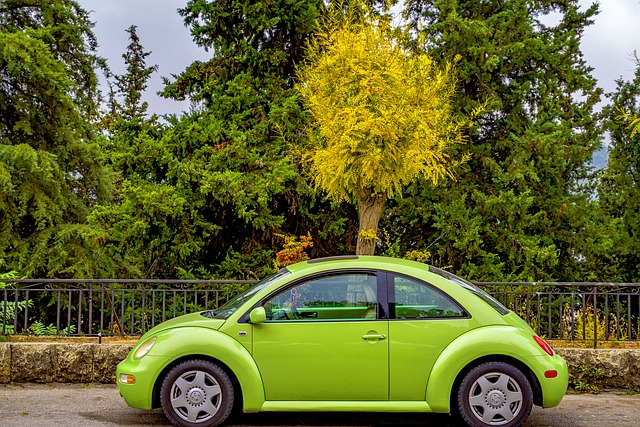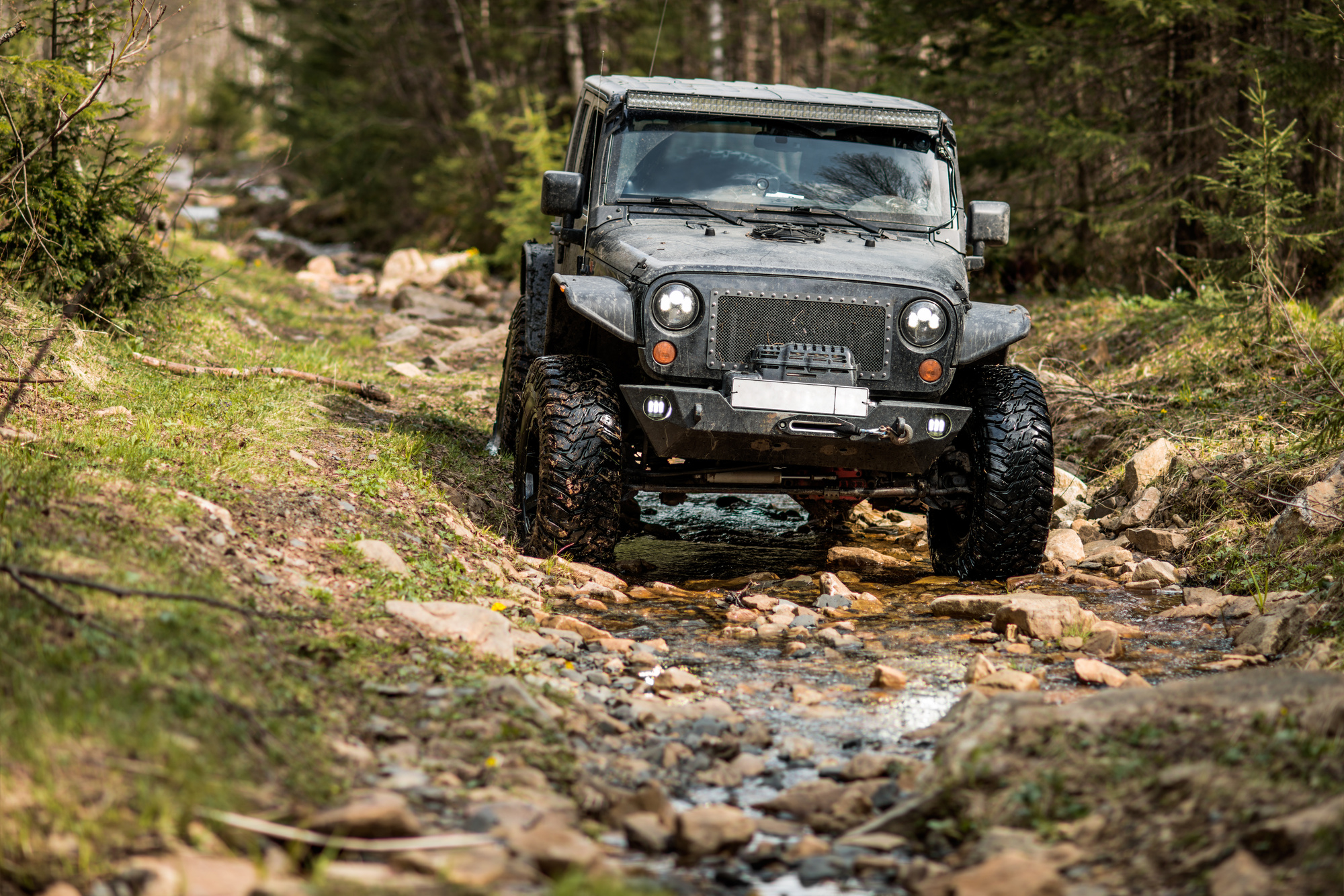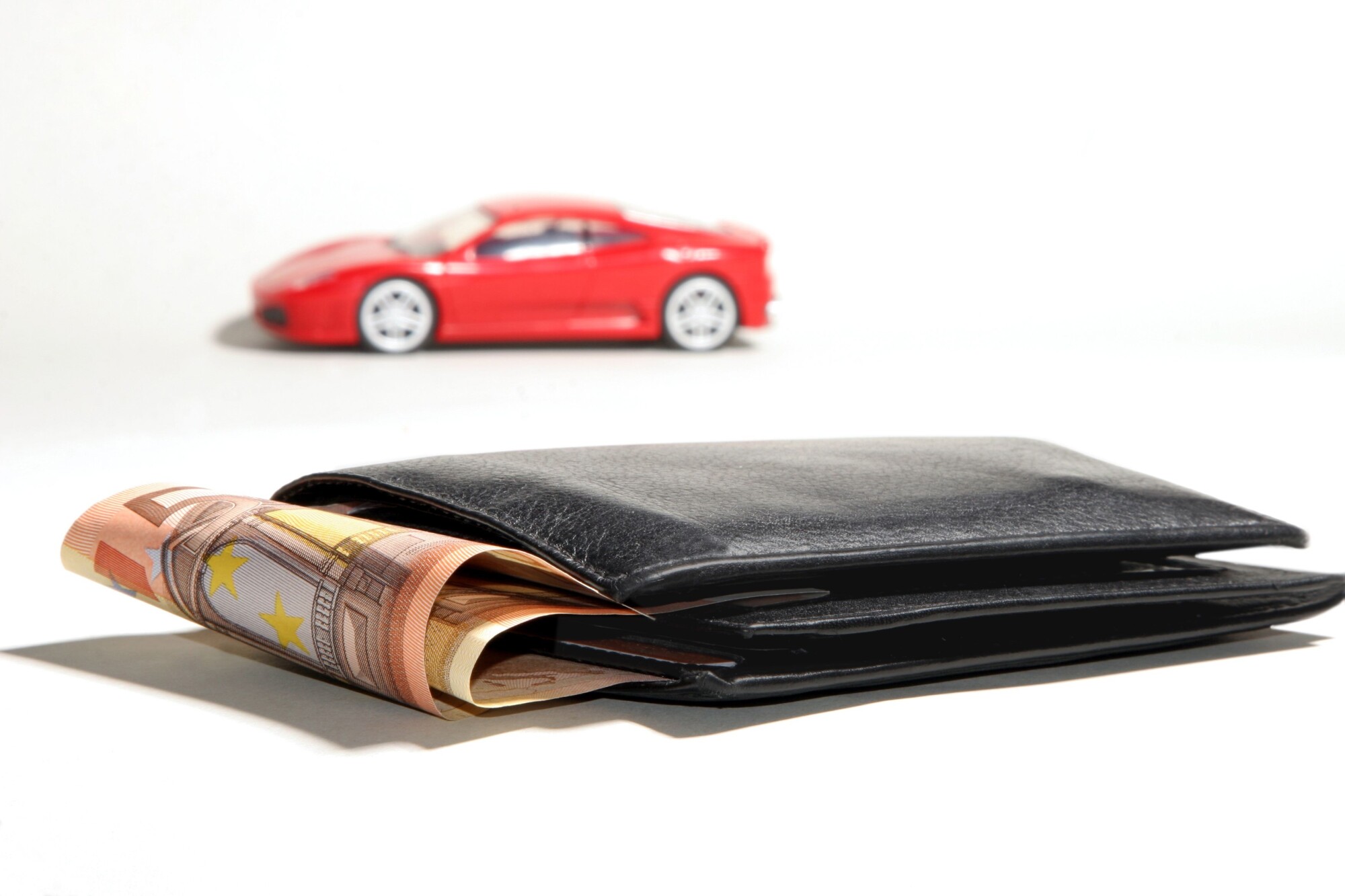
Not every car is intended for driving during the winter months.
If you own a car that you keep parked while it’s cold outside, it’s important to not simply leave it exposed to the elements. Proper storage can help keep it in top shape even in low temperatures and harsh elements.
The more you know about storing a car outside, the more confident you’ll be when it’s time to take it out on the highway this summer.
Let’s take a look at some great tips for keeping your warm weather ride in optimal condition during the winter.
Top Off the Gas
There are certain important tips to remember when storing a car for 30 days or more. This is one of them: Fill the tank with gas.
Why? Topping off the gas will prevent the accumulation of moisture inside the tank. This also helps keep the seals from drying out.
It’s also wise to invest in a fuel stabilizer to prevent the buildup of ethanol. Products such as Sta-bil help to protect the engine from rust and gum and helps prevent the gas in the tank from deteriorating.
Change the Oil
This is another important tip to keep in mind when storing your car during the offseason. Always be sure to change the motor oil if you plan to let it sit for more than a month. Take a look at the owner’s manual to see if the manufacturer has any suggestions for oil maintenance specific to your car.
It’s also a good idea to go ahead and change the oil again once the weather warms up. This might be an extra step and ultimately unnecessary, but it certainly won’t hurt. The cost of an additional oil change is a small price to pay for keeping your engine in top running condition.
Take the Time to Clean It
This might sound a bit silly considering you won’t be driving for your vehicle for a month or more, but it’s no silly at all. We recommend cleaning it up, inside and out. You might be surprised how little things like bird droppings and water stains can damage your paint went left unaddressed over even a short period of time.
Clearing out food wrappers and drinking cups will keep the interior from starting to smell. And stuff left on seats or the dash can end up leaving marks on the vinyl or leather upholstery.
You should even consider getting your car detailed before parking it over the winter so that it will already look its best when spring arrives.
Check the Tires
Proper tire inflation should be the next item on your list. When a vehicle remains stationary over a period of time, the weight can cause flat spots on the tires.
This is especially true with vehicles equipped with low-profile and performance tires. If tires are under-inflated, the flat spots will often be more severe, resulting in the need for them to be replaced.
Here’s another option: if you intend to leave your car parked for a month or more, consider removing your wheels and putting your car on jack stands until you’re ready to drive it again. This is obviously more work, but doing so will ultimately extend the life of your tires.
Charge the Battery
Your battery is the source of power for nearly everything in your car. In fact, your car won’t start without it.
A car battery that is left unattended will eventually lose its charge.
Ideally, it’s best to try to have the car started every couple of weeks and let it run for a few minutes. But if that’s not possible, at least disconnect the negative battery cable. You’ll lose your stereo presets and other customized settings, but doing this will help prolong the life of the battery.
Another option is to purchase a trickle charger that plugs into a wall outlet and delivers just enough power to prevent the battery from losing its charge.
Be Sure to Pest-Proof It
Rodents are another problem you need to prepare for. After all, they are attracted to spaces that are warm and dry. This makes your car an ideal location for them to seek refuge in.
Be sure to cover any gaps where mice or other undesirable critters can enter and make a home. Plug the exhaust pipe and air intake, and spread cotton swabs dipped in peppermint around the perimeter of the car. They can’t stand the smell.
Place mouse traps and rat poison throughout the garage as an additional deterrent.
Keep Your Vehicle Covered
Whenever possible, store your vehicle in the garage when it’s not going to be used for a period of time. Your garage will offer the best protection from elements such as wind, snow, and extreme temperatures. It will also help keep birds, mice, and other rodents away.
If you don’t have a garage, we recommend renting a space at a public storage facility. But if you must store your car in a carport, invest in a weatherproof car cover that will help shield it from the elements, as well as keep it as clean and dry as possible.
To add a carport to your home, you can find more info here.
Tips for Storing a Car Outside
Learning how to store a car for winter is the best way to keep it from deteriorating during the coldest months. Some cars simply aren’t good on ice and snow and should be kept off the road until spring.
Many people become concerned about how to care for their vehicle when it’s left idle, but this really isn’t complicated at all. The tips in the article make the task of storing a car outside quick and easy. Just follow these simple steps and your ride will be as good as new come spring!
Click here to see the best car apps on the market today.




